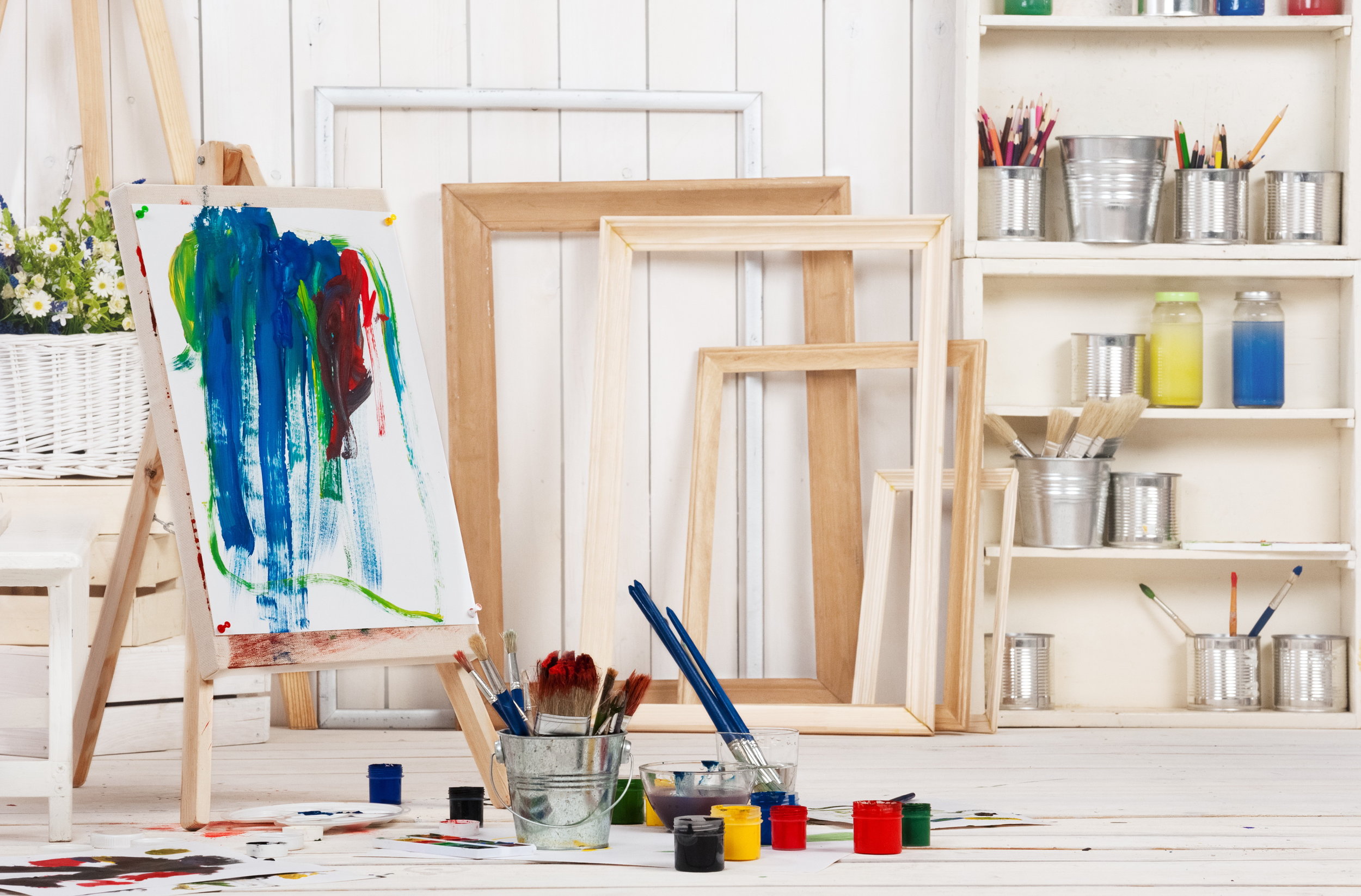How to Raise Kids Who Love Art: Developing a Sketchbook Habit
Summer is a great time to begin or strengthen a sketchbook habit for both you and your kids. Why keep a sketchbook? It becomes a record of your drawing practice and evidence of your progress as a draftsperson. It’s a visual record of your experiences, both big and small, and it’s a collection of ideas and inspiration for future projects.
We use sketchbooks as a place for observational drawings both at home and on excursions, and we also use them as a place to play. Work in the sketchbook can be preliminary and thus less stressful. It’s just a sketchbook! It doesn’t need to be perfect and, in fact, it shouldn’t be. It’s a place to record ideas and try out new ones, to jot down what we see and why it mattered to us. We usually label and date our drawings, and sometimes I write small journal entries alongside my artwork. It can be fun to try out different media, adding some watercolor to our sketches or using a drawing pen instead of a pencil.
Summer is our playtime here in New England. After a long winter, we’re ready to get outside. Sketchbooks are carried along on nature walks and day trips, on vacation and out into the backyard. During the colder months, we’re more likely to use them inside; they can be brought along to art museums and aquariums, nature centers, and our own living room. Your yearly rhythm might be different depending upon your climate. You don’t need to arrange something special before using sketchbooks — the idea is to make it a habit, something you pack along with the snacks, water bottles, and wet wipes.
“You don’t need to arrange something special before using sketchbooks — the idea is to make it a habit, something you pack along with the snacks, water bottles, and wet wipes.”
You may bring them along and not use them. This may happen several times before your kids get comfortable bringing them out in public. Sometimes I’m the only one who takes out my sketchbook, and that’s fine. I don’t always get to draw for as long as I would if I were alone, either. But sometimes we all sit down and draw for twenty minutes or so — even the youngest child, who’s been joining in since toddlerhood. In the spirit of keeping sketchbook use fun and stress-free, it’s probably best to present it as a choice, not a must-do activity. Recently we visited a botanical gardens while on vacation, and I brought everybody’s sketchbooks, but none of the kids asked for them. Afterwards, my 9-year-old said, “I didn’t sketch anything, Mama. I just looked at all the plants.” And that’s perfectly okay! He knew he had the option, if he wanted it.
What should you look for in a sketchbook? First of all, portability. You want something with large enough pages that the artist doesn’t feel constrained, but not so large that it becomes burdensome to fit into a backpack. We tend towards the middle — in the 5-by-7- to 8-by-10-inch range. Next, think about binding. A spiral-bound book is easier to balance on a lap if need be, but you can’t use both pages to create a larger spread across the binding. (My kids have spiral-bound books; mine is a soft cover with a sewn binding.) Sketchbooks with a firm cover will make it easier for younger kids to draw because they’ll have that hard surface under their pages. Paper is, of course, the most important part. If you’ll be experimenting with watercolors, you’ll want a paper that’s heavy enough not to buckle — look for mixed media or watercolor journals. Thinner paper is fine for pencil, while markers or drawing pens will bleed through thin paper.
Once you have your sketchbook, you’ll want some drawing supplies. At minimum, I carry a selection of sketching pencils and pens. I often include a travel set of watercolors and a water brush, which can also be used with watercolor pencils. All of these (except for the watercolors) can fit into a pencil case. It’s not that much to carry. If you have more room, add some colored pencils. After a while you’ll figure out your favorite tools.
Our sketchbook habit has yielded many positives. On a day trip, it’s a bit of respite as we stop to really focus on something. We’ve all gotten better at looking closely, which is required of observational drawing. Yet our sketchbooks also hold record of our interests — my son’s practice in copying his favorite comics, my daughter’s drawings of random items in her room, the afternoon we sat down together to draw silly made-up monsters, experiments in pattern and color and doodling. I often flip through my sketchbooks for germs of ideas that I then develop further. It’s a record of adventures and a repository for inspiration. Like any good habit, it started small and tentative and then bloomed into something natural and necessary. Give it a try! You may be surprised where it will lead.
Some Sketchbook Inspirations:
{Amy’s Note to Parents: Always preview art books intended for adults before showing them to your children.}
Artist's Journal Workshop: Creating Your Life in Words and Pictures by Cathy Johnson
Drawn In: A Peek into the Inspiring Sketchbooks of 44 Fine Artists, Illustrators, Graphic Designers, and Cartoonists by Julia Rothman
Any book on nature journaling by Clare Walker Leslie



AMY HOOD is passionate about providing open-ended, process- oriented art experiences to children and adults. She publishes Art Together, an e-zine designed to encourage children and adults to explore art side by side.